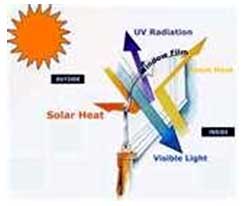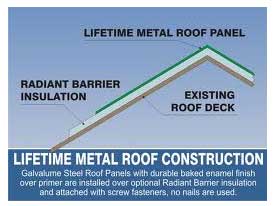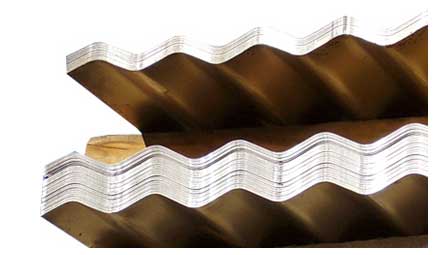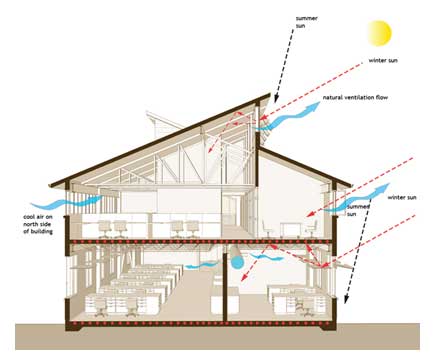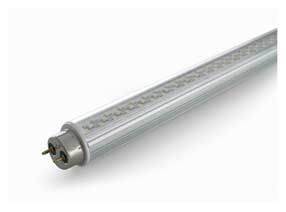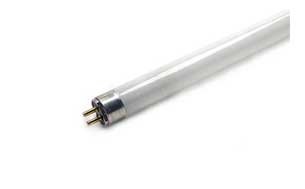FEIAP Green Design Guide – Non-Residential Building
Click Here to View Example 2
(c) Better thermal transmittance (U-value) of external west facing walls. The U-value of external west facing walls should be equal or less than 2 W/m2K.
(d) Better thermal transmittance (U-value) of roof.
Baseline: U-value for roof stated below depending on the weight range of roof structure.
(e) Properly install a radiant barrier between the roof surface and attic floor. Must a radiant in conjunction with an air space making sure the radiant barrier is not in direct contact with another building material such as, insulation or roofing shingles.
(f) Install a light coloured roof to reduce the absorption of heat.
(g) Use a metal roofing material.
- Recyclable metal roofing product- Metal roofs typically have a minimum of 25% recycled content
- cool pigment technology
Coatings colored with conventional pigments tend to absorb infrared radiation. Replacing conventional pigments with “cool” pigments (absorb less infrared radiation) can yield similarly colored coatings with higher solar reflectances. Mainly, cool coatings lower roof surface temperatures, reducing the need for cooling energy in conditioned buildings and making unconditioned buildings more comfortable.
1-4 Natural Ventilation (exclude carparks)
Enhance building design to achieve good natural ventilation.
(a) Proper design of building layout that utilizes prevailing wind conditions to achieve adequate cross ventilation.
Click Here to View Example 5
(b) Use of ventilation simulation software or wind tunnel testing to identify the most effective building design and layout.
1-5 Artificial Lighting(30% more efficient than the conventional one)
Encourage the use of better efficient lighting to minimise energy consumption from lighting usage while maintaining proper lighting level.
- LED light
- Fluorescent lamps
1-6 Ventilation in Carparks
Encourage the use of energy efficient design and control of ventilation systems in carparks.

